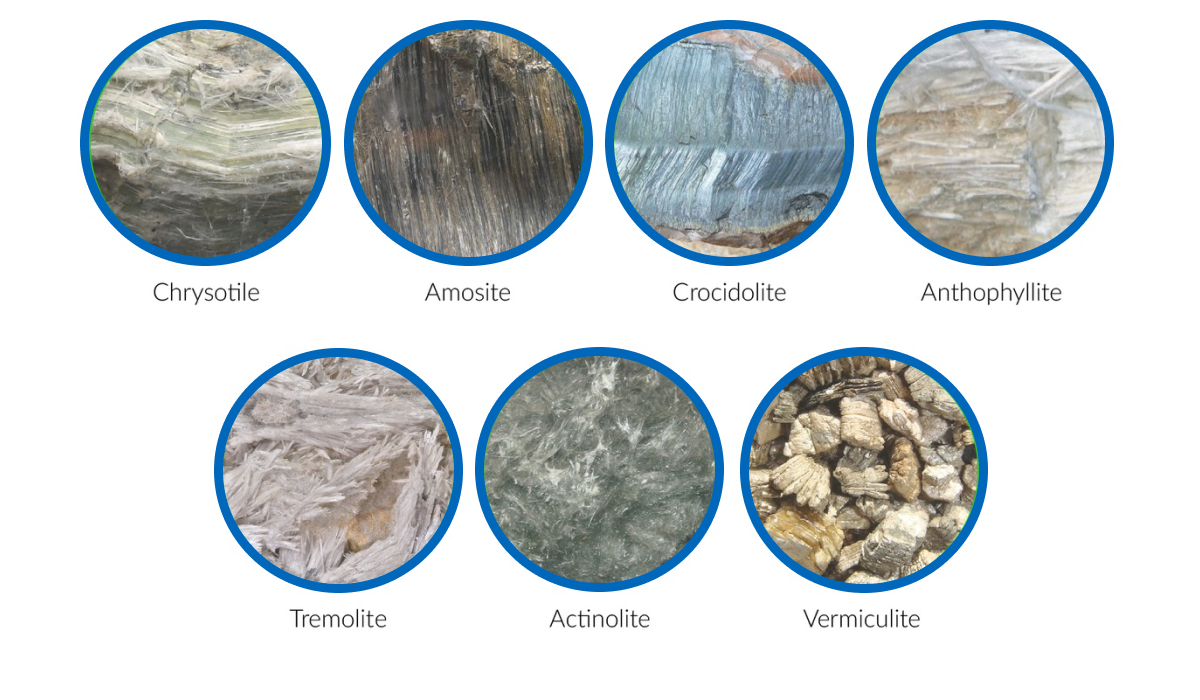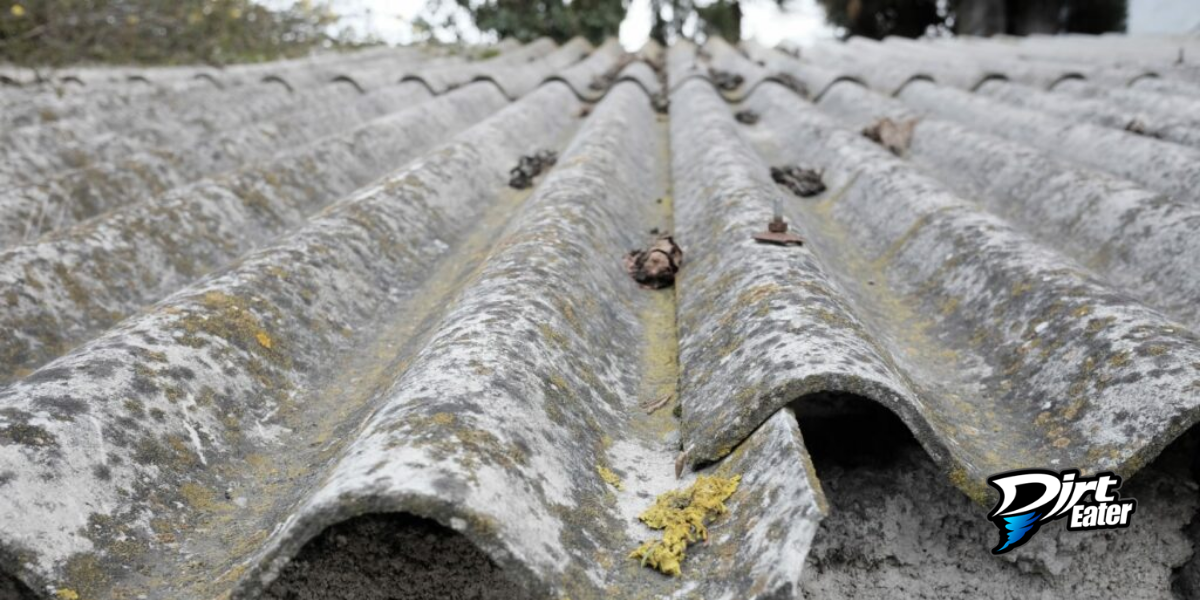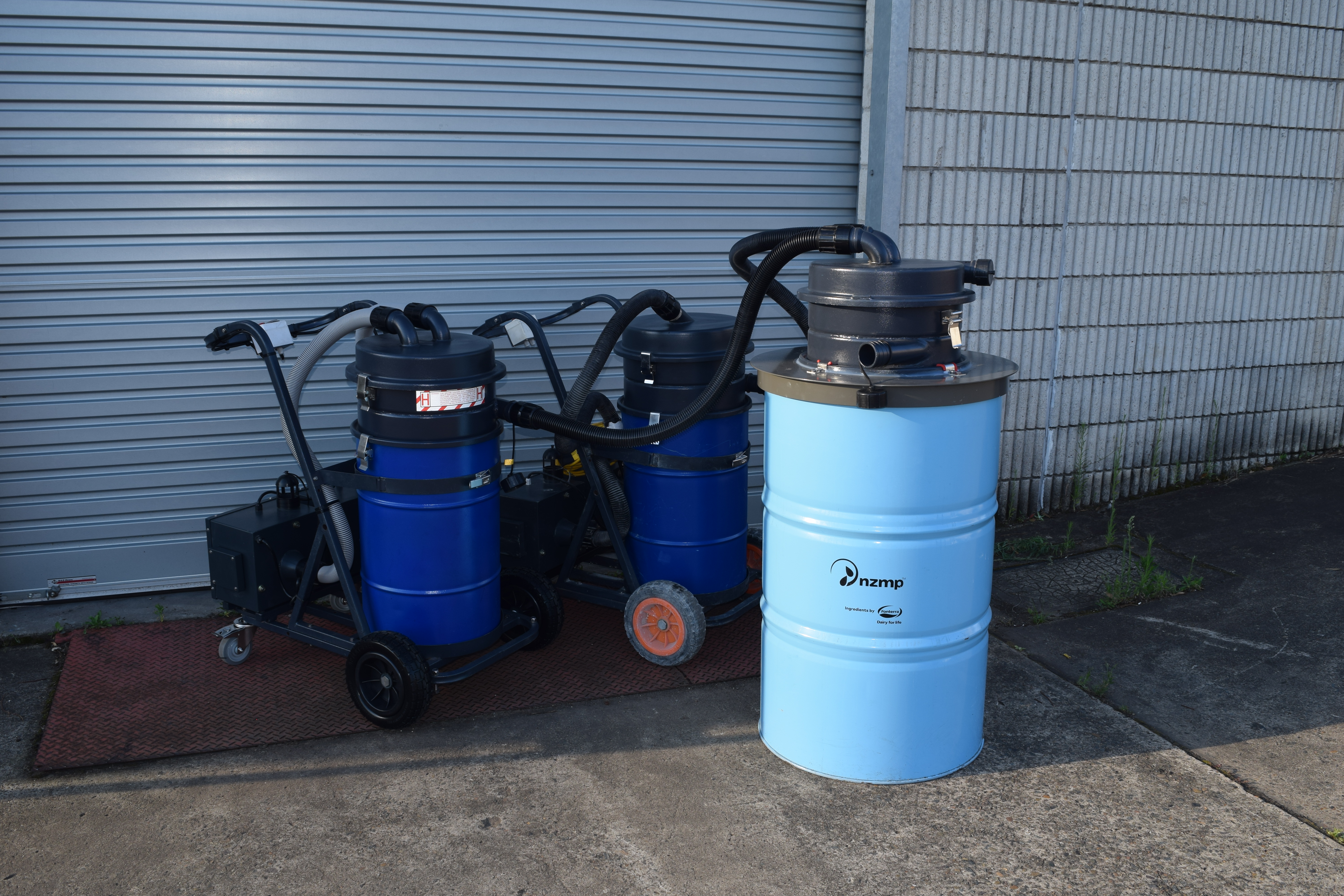Asbestos Removal Cost In Australia 2024: What to Expect and Should You Replace Your Asbestos Roof?
During the 1950s, 60s, and 70s, many homes in Australia used asbestos for their roofs. Typically, roofs need replacement every 20-30 years, but with asbestos, they can last for 50 years or even longer. Asbestos is a type of dust that occurs naturally. It was extensively used in Australia from the early 1900s until its ban in 1986 due to its harmful effects on people’s
Even today, you can still spot asbestos roofs on many older homes, especially those constructed before 1986. Asbestos only poses a danger when it’s disturbed in its natural state. If it gets damaged due to extreme weather or poor maintenance and covered up with New original materials, it might be dangerous, so it must need to be removed for safety reasons.
Asbestos History in Australia
In Australia, asbestos was once widely used, with our country having one of the highest rates of asbestos use per person globally until the mid-1980s. It was even mined here until 1984, and we imported a massive 1.5 million tonnes of asbestos between 1930 and 1983.
On the 31st December 2003 asbestos was banned in Australia.
But on December 31, 2003, Australia said no more to asbestos, banning its use altogether. Before the ban, asbestos was everywhere – in more than 3000 different products, from building materials to vehicles. That means many homes and buildings constructed or renovated before 1990 still have asbestos lurking within them.
Before renovating, building, or repairing an existing property, it is necessary to understand asbestos.
It’s not just in buildings; older vehicles can have it too. So whether you’re in Calgary or Adelaide, Perth or Melbourne, Sydney or Brisbane, it’s essential to know the risks and take precautions when dealing with asbestos.
What is Asbestos?
Asbestos is a naturally occurring mineral composed of flexible fibres that are resistant to heat, electricity, and corrosion, construction materials, and insulating products. Asbestos-containing materials (ACMs) can be found in buildings, schools, and homes throughout Australia.
- These ACMs include:
- Roofing felt
- Lead sheeting
- Fire blankets
- Floor tiles
- Ceiling tiles
- When these ACMs are disturbed or damaged they release fibers into the atmosphere. When these fibres are ingested, they can cause serious health problems including lung diseases such as mesothelioma or asbestosis.
Where could asbestos Dust be found in the home?
Common asbestos-containing materials found inside and outside older homes include:
- Roofing materials like tiles, corrugated sheets, or shingles.
- Insulation around pipes, boilers, and hot water tanks.
- Flooring materials like vinyl tiles, linoleum, or adhesive.
- Walls and ceilings in the form of textured paint, plasterboard, or cement sheets.
- Gaskets and seals in old appliances like heaters or stoves.
- Electrical insulation around wiring and fuse boxes.
- External cladding and fencing materials.
 Understanding Various Types of Asbestos in Australia
Understanding Various Types of Asbestos in Australia
There are six different types of asbestos, which are classified based on their physical properties and fibre structure:
- Chrysotile: Also known as white asbestos, this type is common and flexible. It’s often used in building stuff like roofs and insulation.
- Crocidolite: This one’s called blue asbestos because of its colour. It’s sharp and was used in things like pipes for insulation.
- Amosite: Brown asbestos is its other name. It’s tough and used in things like fireproofing.
- Anthophyllite: Not so common, but it’s found in long, thin fibres. It’s used in some insulation and building materials.
- Tremolite: It’s got sharp, needle-like fibres and can be white or green. You might find it as a contaminant in other stuff.
- Actinolite: Rarely used, but it’s got long, thin fibres and can be green or white. Sometimes found mixed with other asbestos types.
Signs You Need Roof Asbestos Removal: Identifying When It’s Time to Act
When selling your home, it’s crucial to arrange a professional roof inspection. Detection of asbestos on the roof might necessitate its complete replacement before the property can be sold, incurring additional expenses and delays.
Conducting a thorough inspection of asbestos in the potential new home is essential for prospective buyers. Suppose asbestos is identified on the roof during this assessment. In that case, replacement might be required before purchase, depending on the extent of damage and adherence to Australian standards for asbestos removal or containment, which vary by state.
Why Roof Asbestos Removal Is Essential: Protecting Your Home and Health
Asbestos presents significant health risks, as it can lead to severe diseases such as mesothelioma, lung cancer, fibrosis, pleural thickening, and scarring when its fibers become airborne and are inhaled. These illnesses often manifest 20 or more years after exposure. Whether you’ve had direct exposure to asbestos or not, it’s crucial to prioritize your health by having your roof inspected by a professional, especially if you suspect or have any concerns regarding asbestos presence at your workplace or home.
What Is Involved With Asbestos Roof Removal?
For a building that is currently in use, asbestos removal involves the following steps:
- The building is tested to determine which materials contain asbestos.
- The asbestos-containing materials are removed and disposed of according to local regulations.
- New non-asbestos products are installed where necessary.
- The building is retested and certified as safe for reoccupation by an inspector (this process may be required by law).
Read more : What to Look for in an Industrial vacuums?
How can asbestos roofs be replaced?
The roofing materials used in Australia are generally made from asbestos cement sheets. These are then combined with various other materials, such as clay tiles or asphalt shingles. The most common types of sheeting that were used in Australia include:
- Fibro – a type of asbestos cement sheeting
- Cement corrugated iron – a type of asbestos iron sheeting that has been shaped into curves to give it more strength and durability
Both fibro and cement corrugated iron roofs can be replaced using synthetic products, such as polyethylene (PE), polyvinyl chloride (PVC), or polystyrene foam board insulation boards. Polystyrene foam board insulation boards are often considered the safest option because they do not contain any hazardous substances that could cause harm to workers or residents. They can also be installed over existing roof structures without having to remove them first by cutting holes into them so they fit properly through them without causing any damage whatsoever!
When is the Best Time to Replace Asbestos Roofs?
The best time of year to plan an asbestos roofing project is between April and October. This is when it’s cooler and fewer roofers can do the work. This will also help you avoid having a hot, uncomfortable roof on top of your head during the summer months.
If you have any doubts about the condition of your roof, call us today at 0426 291 402 or fill out our online form.
How Industrial vacuum can help to manage asbestos removal?
Asbestos removal is a dangerous task that requires special equipment and training. An industrial vacuum is a special type of vacuum cleaner designed for heavy-duty cleaning. It’s equipped with a double level of filtration: a primary filter and a secondary class H filter (HEPA or absolute) ensuring maximum filtration and wholesomeness of air inside the environment. A safe bagging system to collect dust and toxic wastes, like the Endless Bag, makes it convenient for both the bag and transportation of collected material. Disposable bags protect workers from direct contact with toxic dust.
Benefits of Roof Asbestos Removal and Replacement
Regularly inspect your roof for signs of wear and tear. If you decide to replace your roof, there are many benefits:
Include:
- Better insulation
- Increased energy efficiency
- Reduced risk of fire hazards due to old materials (like wood shingles), which are no longer used today because they catch fire so easily!
- Longer lifespan for your property investment – with an expert contractor like Roofing Masters doing their job properly, you won’t have any more problems than what could happen naturally over time as part of normal wear and tear (and repairs).”
How much does asbestos removal cost?
The cost of asbestos removal is measured by the square metre and can range from $25m2 to 50 m2. It depends on such factors as how hard it’s going to be taken out, what kind you’ve got (there are different types) etc.
- How much asbestos is being removed
- The cost of such work is a factor worth considering.
- The cost of asbestos removal will vary depending on the condition of the material.
- Travel time may be factored into one’s cost of doing business.
Some approximate costs for Asbestos Roof Removal and Replacement in Brisbane, Melbourne, Sydney, Perth, Queensland, Adelaide, Australia & New Zealand may be:
- $3500 to $5500 for removal of an asbestos roof
- $25 to $50 for removal of one sheet of asbestos fencing
- $40 to $100 for the removal of a square meter of asbestos ceiling
- $1500 to $2500 for removal of eaves
- $1000 to $1500 for removal of internal cladding for a single room
- $4000 to $5000 for removal of external cladding
- $100 to $900 for removal of asbestos flooring depending on the square metres that need to be removed
- $187/tonne on average to remove asbestos from soil. The cost can be higher depending on the amount of asbestos in the soil
These are approximate prices based on averages and if you need more asbestos removed, it may cost less because small amounts of asbestos cost more due to travel time, setup time and tipping costs. Since asbestos removal companies charge by the square metre, one job may be more expensive than another and these prices may not include tipping charges. On average, the tip will charge $450 and travel time may also be included in the price. (which vary from state to state)
In conclusion,
It is possible to replace your roofing material with one that does not include asbestos.
- Asbestos roofs are dangerous.
- Asbestos roofs are no longer made because of health concerns related to asbestos.
- Asbestos-containing roofs can lead to major repairs.
- Professional roofers should be hired to remove asbestos roofs.
- It’s best to plan an asbestos roofing project between April and October.
Reference :
- All prices and data are based on our past sales and experience. However, they may be subject to change based on your location in Australia and the service provider you choose. Please verify before finalizing any project.



